Definition
A prototype is an early sample or model of a website or application that simulates the user interface and interactions. It is commonly used to demonstrate functionality, test user interactions, and gather feedback before the final product is developed.
Function
The main function of a prototype is to provide a tangible representation of how the final product will work and behave. Prototypes enable designers and stakeholders to visualize user journeys and interactions, test design concepts, and identify potential issues early in the development process. This iterative approach allows for adjustments based on user feedback and improves overall usability and design before full-scale production. Prototypes can range from low-fidelity (simple wireframes) to high-fidelity (interactive simulations that closely resemble the final product).
Related Terms
- Wireframe: A basic visual guide that represents the framework of a website or application, outlining the structural layout before the detailed design phase begins.
- Mockup: A detailed static representation of a design showcasing how the final product will look, including elements such as colors, typography, and images.
- MVP (Minimum Viable Product): A version of a new product that includes only the essential features necessary to satisfy early adopters and gather feedback for future development.
Here is the Wikipedia Article
Reading Suggestions
- Designing Church Websites: This article provides insights into the design process of church websites, which may include prototyping as a key step to visualize how users will interact with the site and ensure it meets their needs.
- Understanding Analytics: While not directly about prototyping, understanding website analytics is crucial for measuring the effectiveness of your designs and prototypes. This article explains how to interpret data to refine your web design process.

